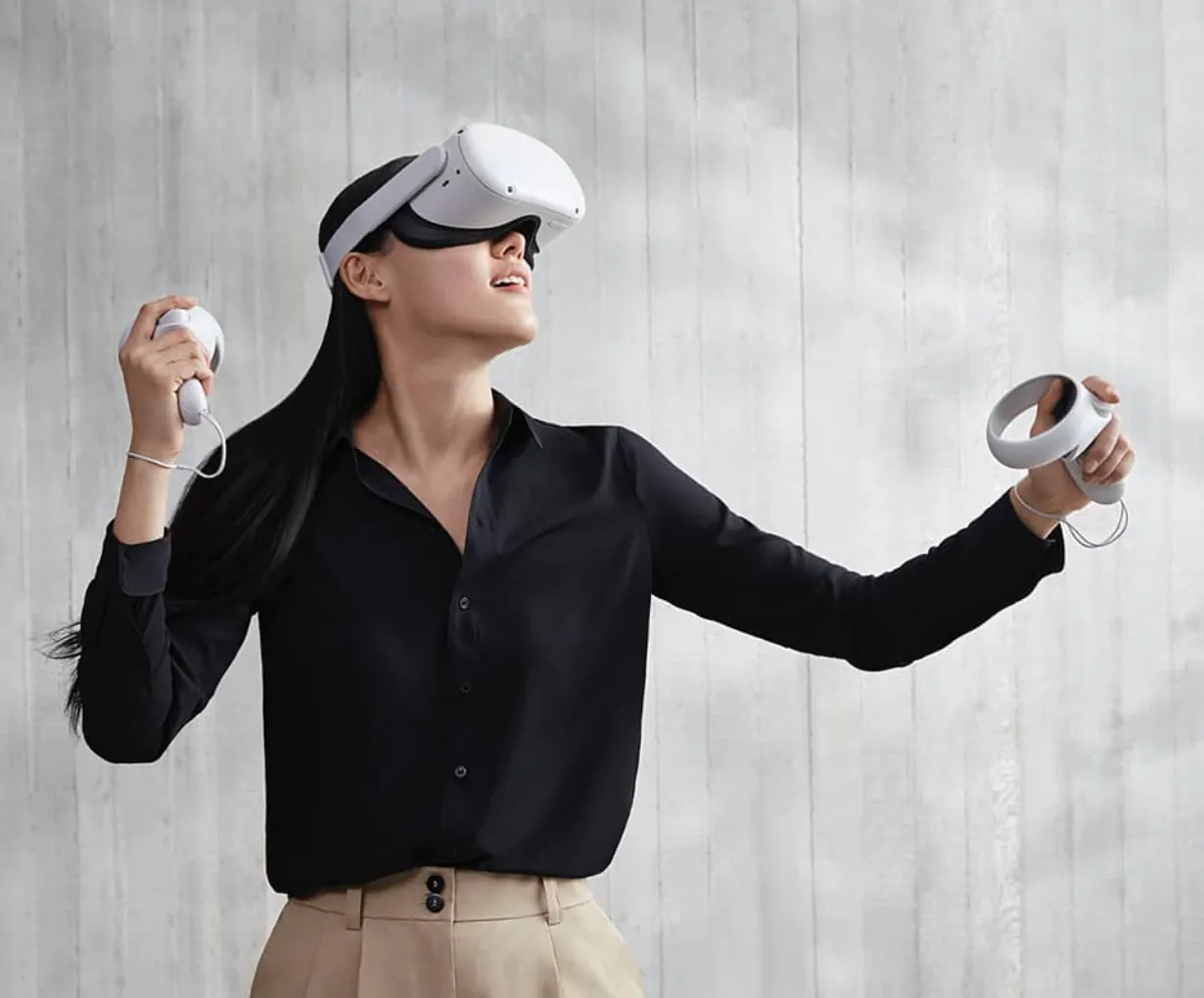Virtual Reality (VR) is no longer a futuristic concept—it’s a fully immersive experience available right at home, and the VR Box is one of the most accessible ways for users to dive into this digital universe. A VR Box is essentially a headset that lets you turn your smartphone into a portal to virtual worlds, offering 360-degree viewing, interactive environments, and real-time motion tracking. In 2025, VR has taken major leaps forward in resolution, motion control, and comfort. Whether you’re exploring outer space, fighting zombies, or attending a virtual classroom, VR Boxes provide a deeply engaging experience without the high cost of advanced gaming systems. They support a wide range of apps and games from platforms like Google Play, YouTube VR, and specialized VR content hubs, making them a go-to device for casual users, gamers, educators, and innovators alike.
Unlike more expensive VR headsets that require PCs or consoles, VR Boxes are lightweight, portable, and phone-powered, making them perfect for users who want a taste of virtual reality without investing in premium systems. Just slide your smartphone into the headset, adjust the lenses, and you’re ready to explore 3D content, panoramic videos, VR games, virtual museums, or even meditative environments. Newer models feature adjustable pupil distance, improved ventilation, anti-blue light lenses, and comfortable straps, making long sessions enjoyable and safe. With the increasing power of modern smartphones, the visual quality and processing ability now rival that of dedicated VR systems. Combined with Bluetooth controllers, many VR Boxes offer full-fledged gaming experiences, allowing users to navigate virtual spaces, aim, and interact as if they were inside the digital world.
Educational institutions are using VR Boxes for virtual field trips, medical simulations, historical reenactments, and interactive learning environments. In healthcare, VR training tools are helping doctors and nurses practice procedures in safe, simulated environments. In retail, customers can experience virtual product demonstrations, walkthroughs of real estate listings, or try-on sessions—all without leaving their homes. Even industries like aviation, automotive design, and military training are leveraging the cost-effective power of mobile VR for immersive simulation-based learning. For content creators, VR offers an entirely new canvas for storytelling—360-degree filmmaking, immersive journalism, and virtual concerts are pushing creative boundaries in ways traditional media can’t. Artists and developers are also creating interactive VR apps using platforms like Unity and Unreal Engine, expanding the potential of VR beyond entertainment into business and innovation.
As 5G networks and Wi-Fi 6E enable faster and smoother streaming, cloud-based VR experiences are becoming more mainstream, allowing users to access heavy content without overloading their phones. Some VR Boxes are even optimized for AR (Augmented Reality), giving users dual experiences of real and virtual overlays. From fitness apps that make workouts exciting to mental health platforms that use VR for guided therapy and relaxation, the technology is becoming deeply personal and widely useful. For families, VR Boxes offer fun shared experiences through multiplayer games or educational adventures. For solo users, they become a private world for exploration, meditation, or entertainment.
In short, the VR Box is more than just a headset—it’s a gateway to the future. It blends technology, creativity, and convenience to deliver rich, interactive experiences that once seemed impossible. As smartphones grow smarter and VR content becomes more sophisticated, the VR Box will remain a powerful, affordable entry point into a new dimension of possibilities. Whether you’re gaming, learning, working, or relaxing, stepping into a VR Box means stepping beyond the limits of your screen—and into the limitless potential of the virtual world.

Hi, this is a comment.
To get started with moderating, editing, and deleting comments, please visit the Comments screen in the dashboard.
Commenter avatars come from Gravatar.